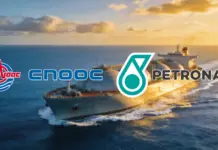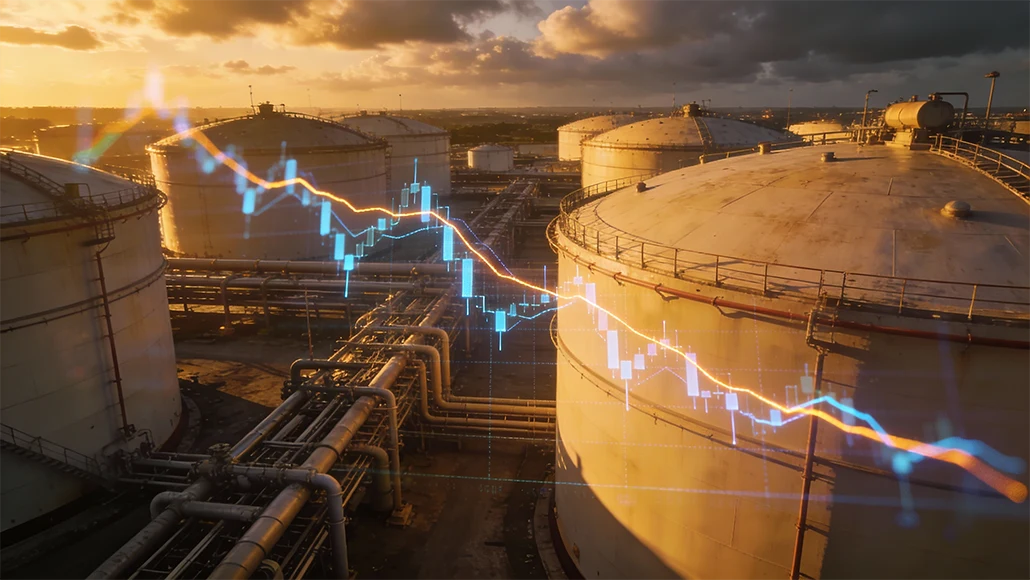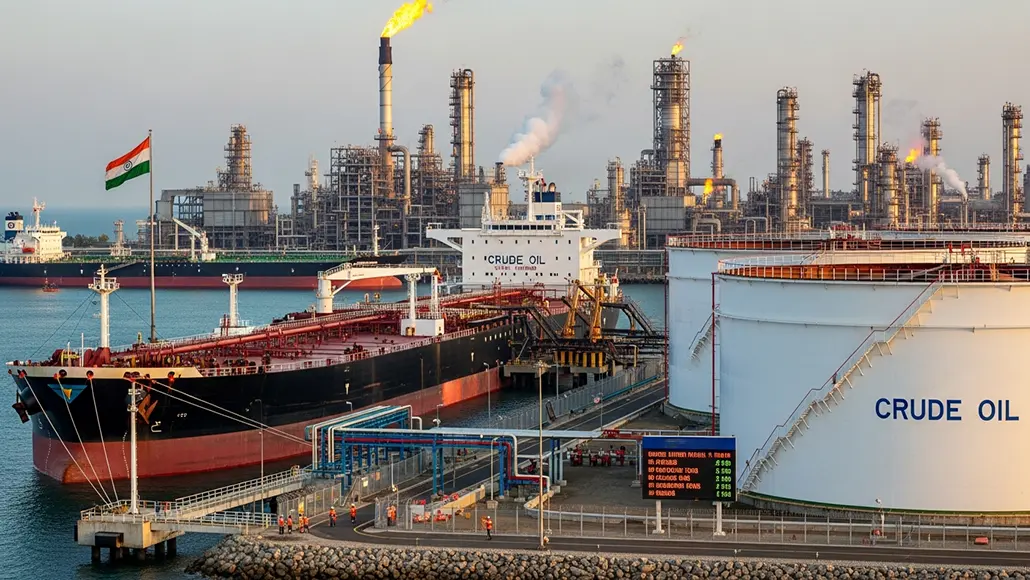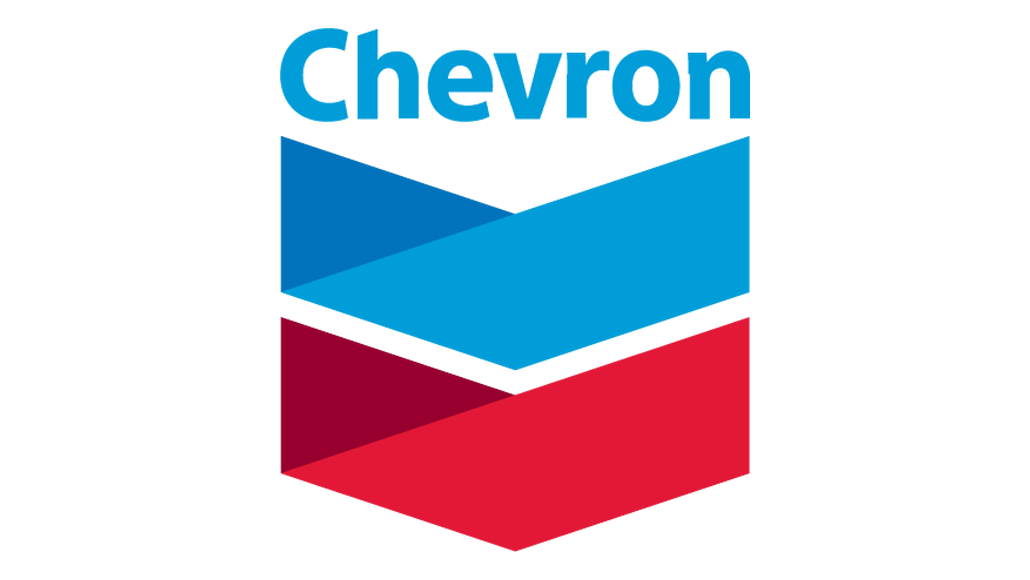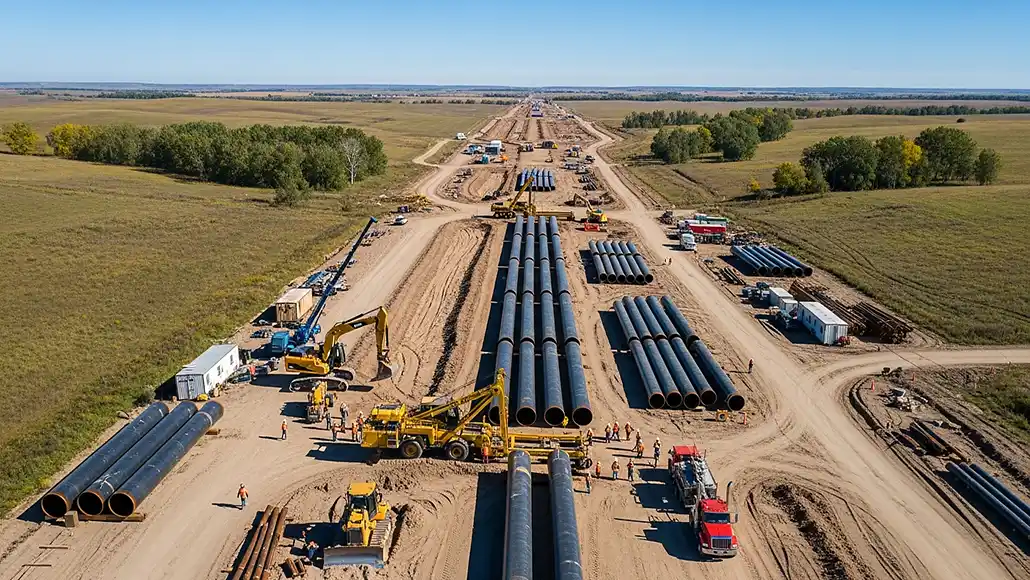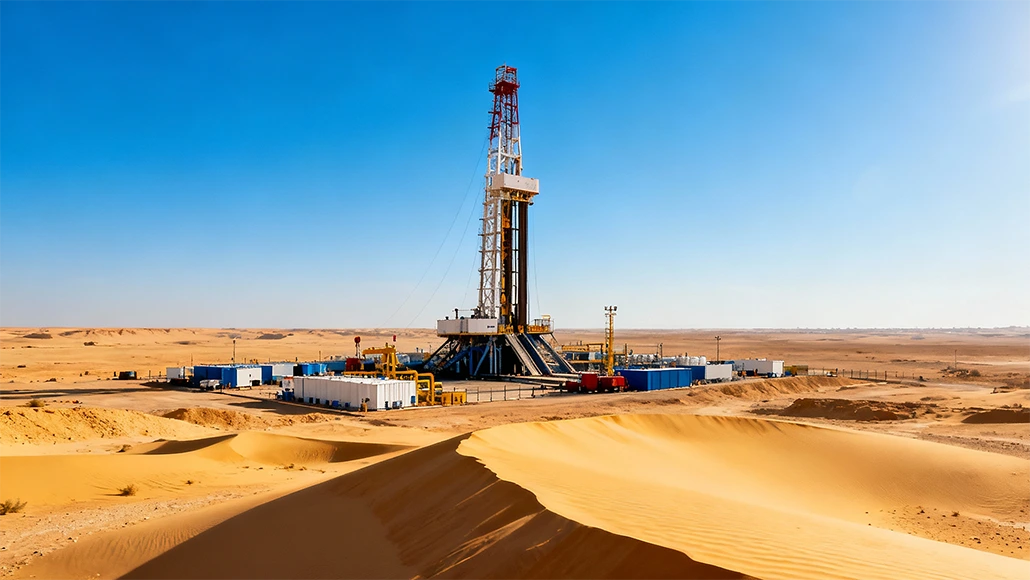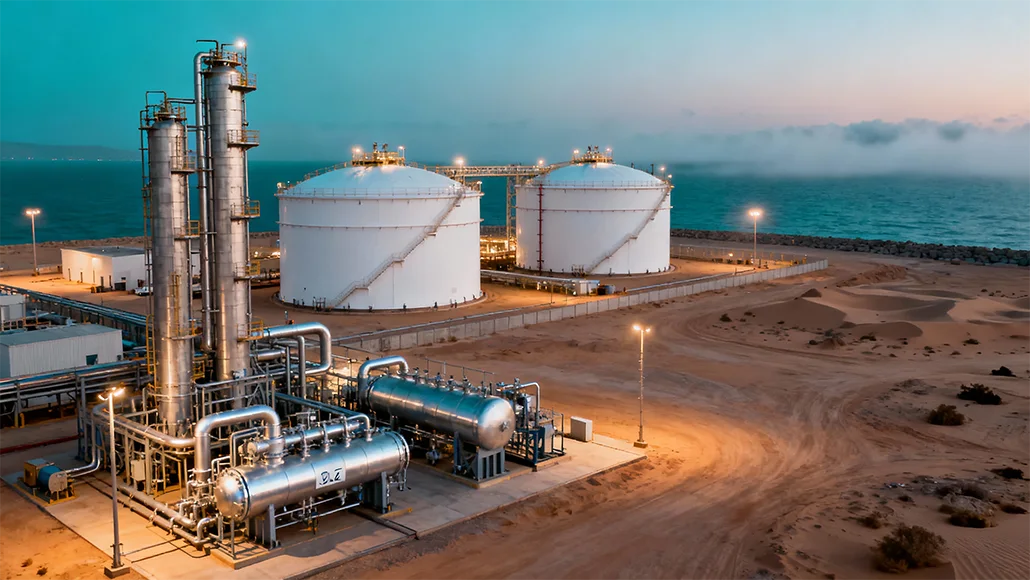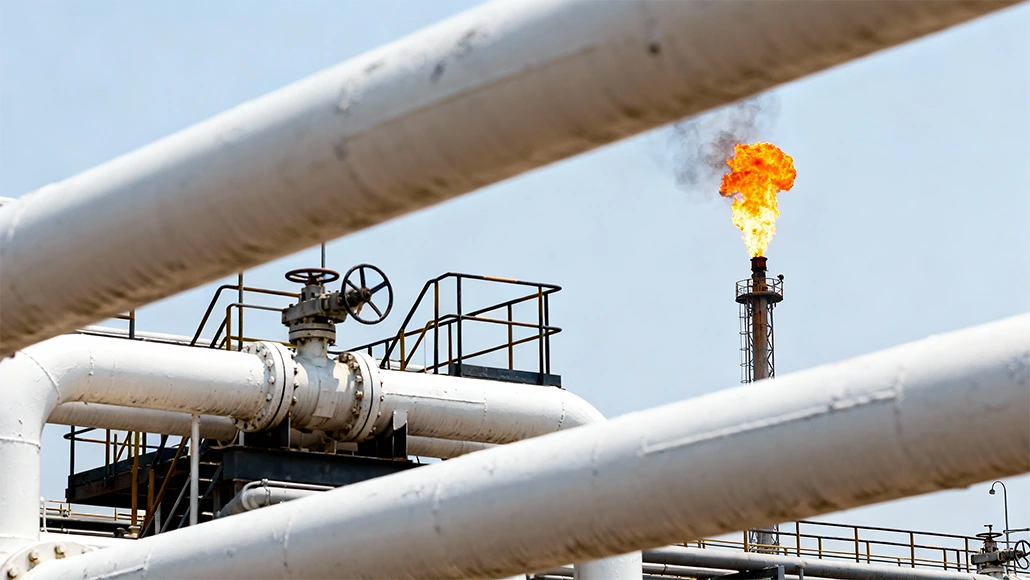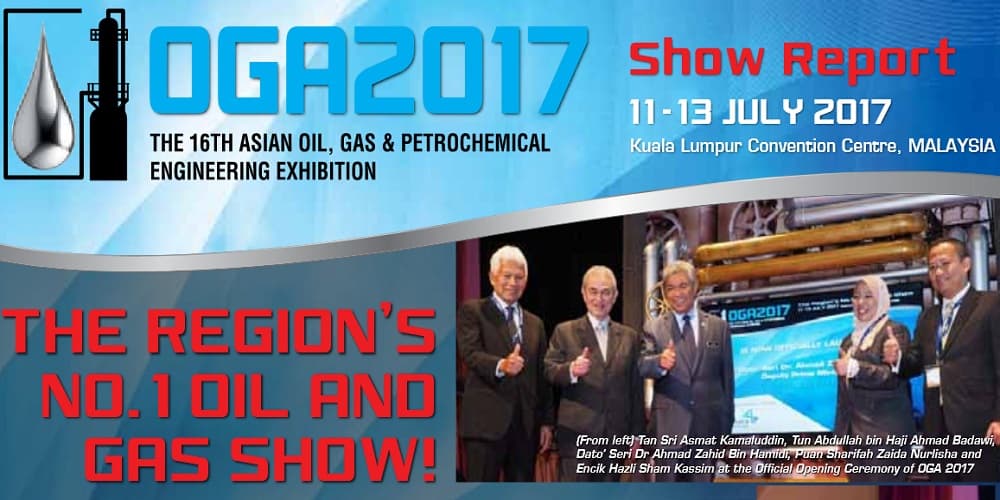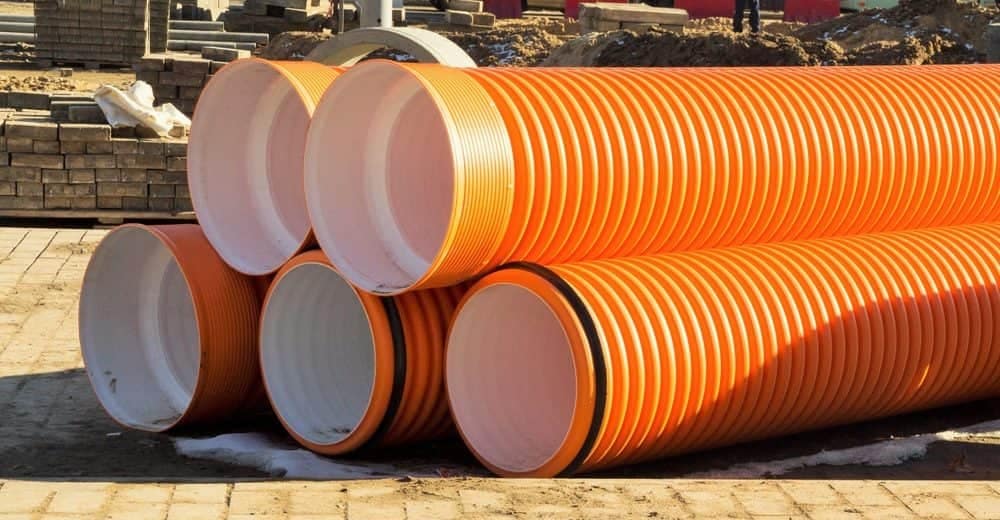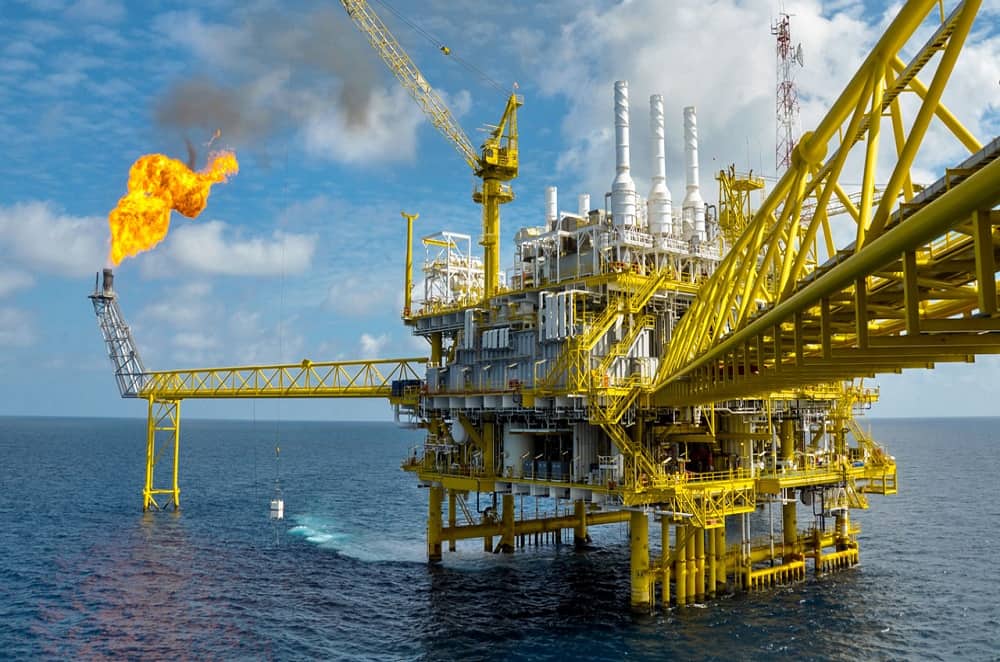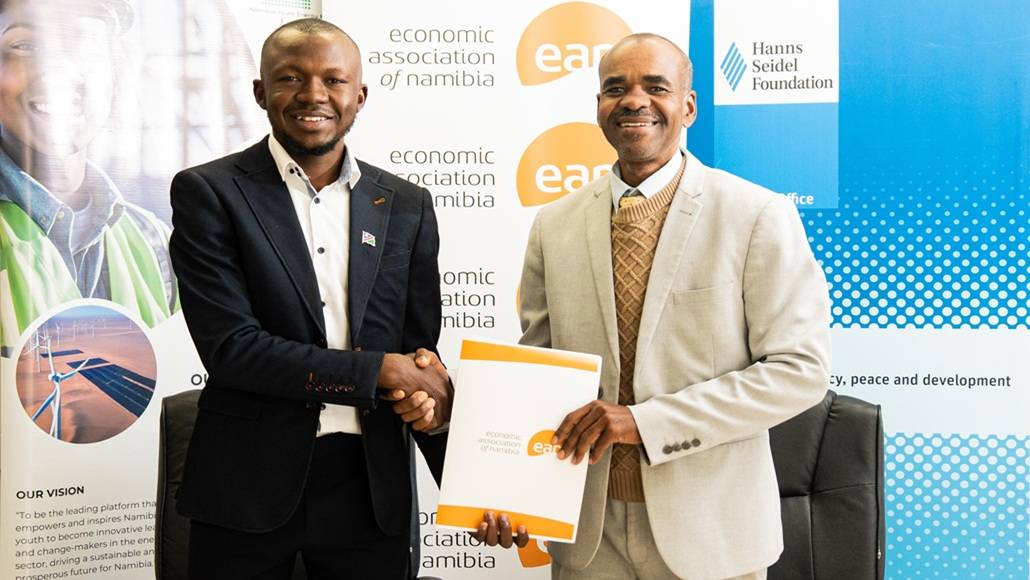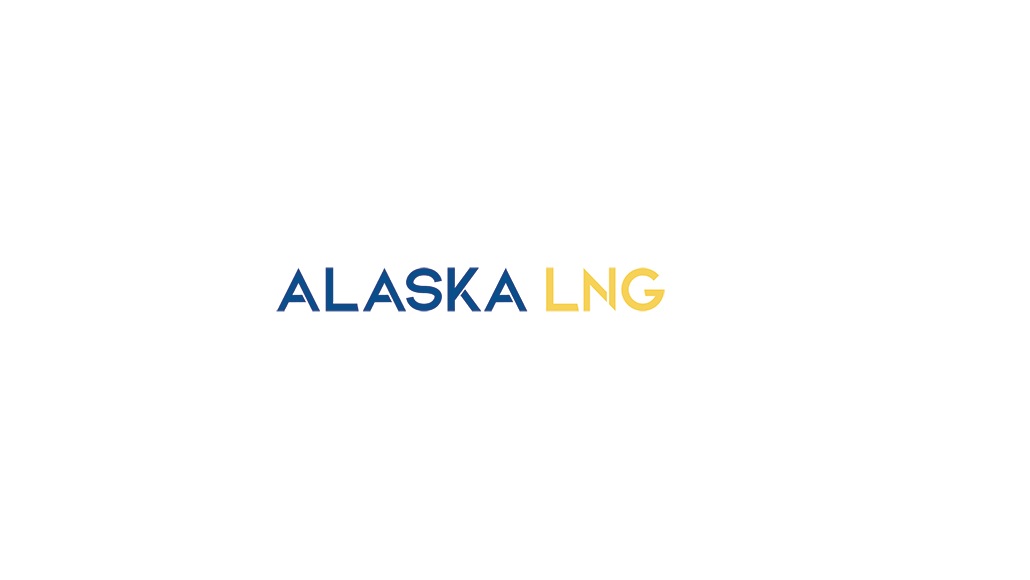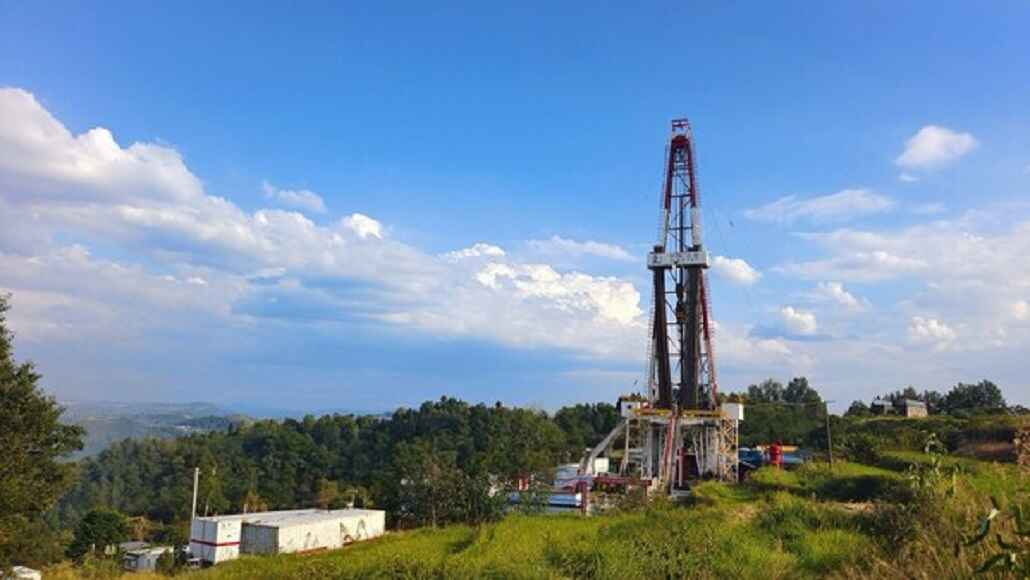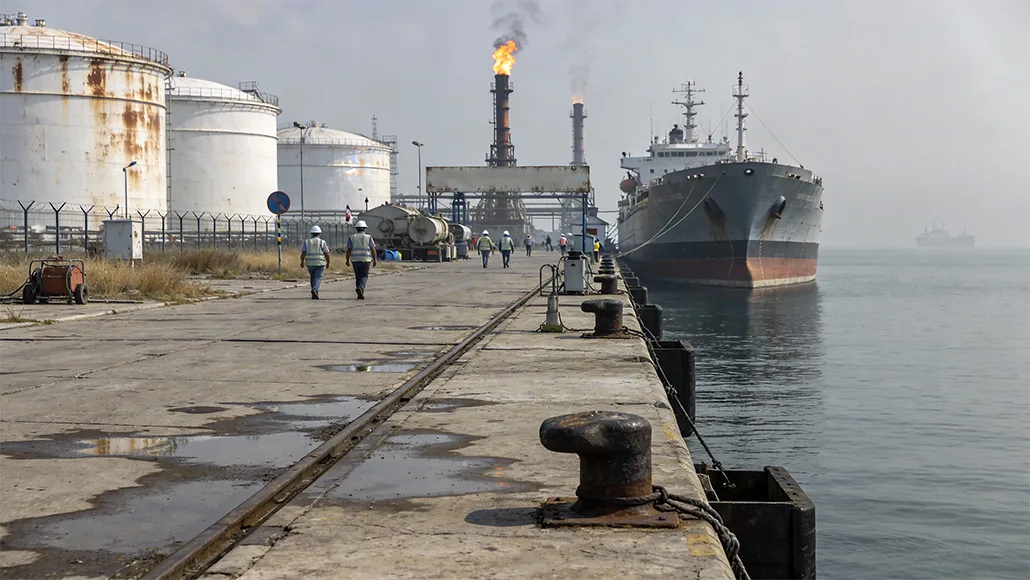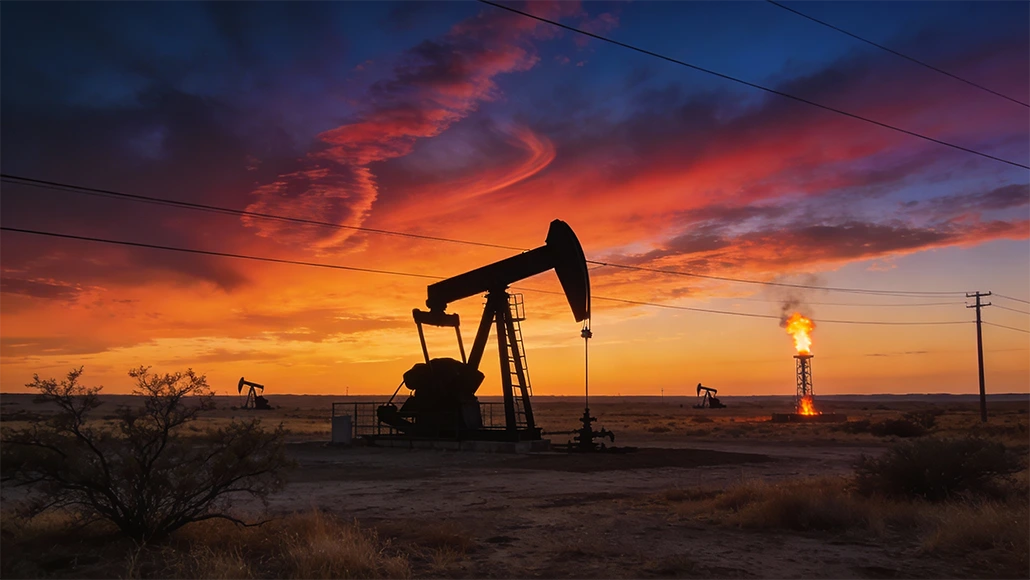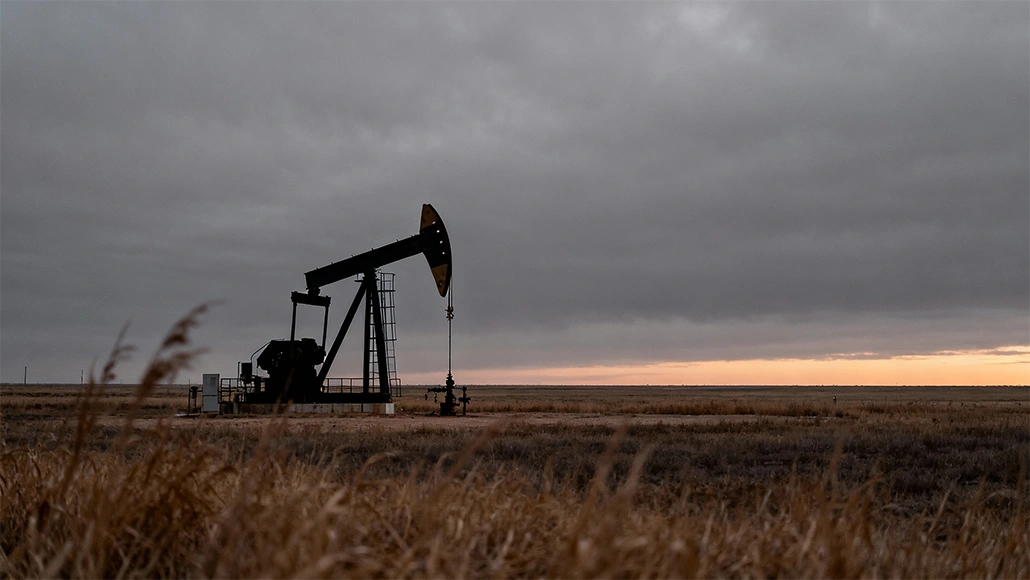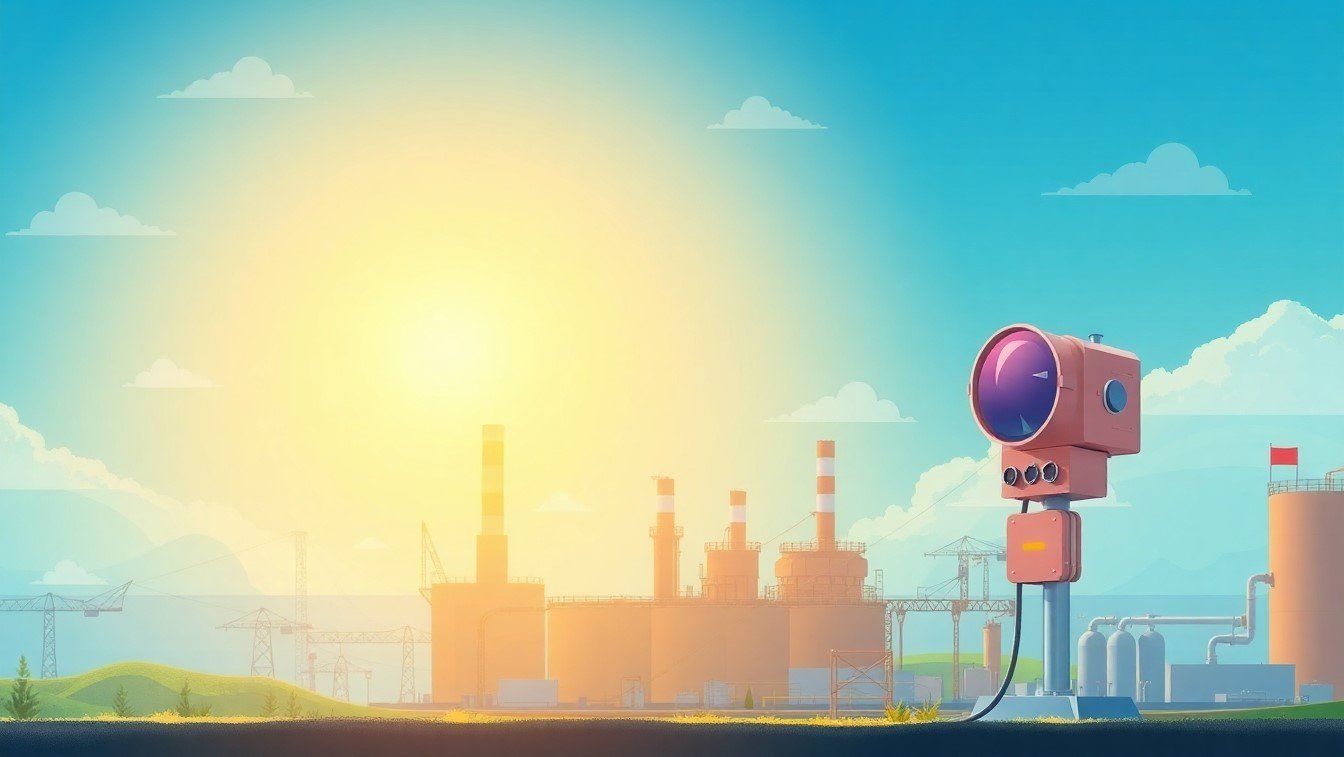Scope 1 & 2 Emission Reductions via Methane Leak Detection Tech, Flare Monitoring, and Greener Operations
With the planet speeding up to fight climate change, businesses are coming under increasing pressure to recognize and execute measures to reduce greenhouse gas emissions. Of the numerous steps being taken, addressing Scope 1 & 2 emission reductions through methane leak detection technology, flare monitoring, and greener operations has been both successful and vital. These focused approaches not only enable organizations to achieve sustainability objectives but also prove that they are environmentally responsible, operationally efficient, and globally compliant.
Scope 1 emissions are direct emissions from owned or controlled sources, i.e., fuel combustion or leaks, whereas Scope 2 emissions are indirect emissions due to the generation of purchased energy such as electricity, steam, heat, or cooling. Collectively, these categories capture a large proportion of an organization’s carbon emissions. Utilizing methane detection technologies, maximized flare monitoring systems, and cleaner operation practices presents an invigorating trident in emissions warfare, providing both environmental and economic dividends.
The Importance of Methane Leak Detection Technologies
Methane emissions reduction is essential to realizing Scope 1 & 2 reductions. Methane is a very potent greenhouse gas, with a global warming potential around 28–36 times that of carbon dioxide over the course of 100 years, as reported by the Environmental Protection Agency (EPA)1. Methane leaks tend to be found in sectors like oil and gas, agriculture, and waste management, where they can be tricky to control emissions on.
The introduction of sophisticated methane leak detection technologies has been a breakthrough in meeting these challenges. Technologies like laser sensors, infrared cameras, and satellite monitoring have transformed the means of detecting and measuring methane emissions for companies. For example, satellite technology such as GHGSat 3 and the European Space Agency’s 4 Sentinel-5P offers high-resolution imaging, allowing firms to detect leaks from distant places.
By utilizing such technologies, businesses are able to identify and contain leaks more quickly, keeping thousands of tons of methane from being released into the environment. According to estimates by the International Energy Agency (IEA)2, around 75% of oil and gas global methane emissions can be abated with available technologies. Not only is this useful for the environment, but it also amounts to huge cost savings, as recovered methane can be reused or sold as fuel.
Additionally, methane detection technology is now being paired with AI and machine learning to provide predictive analytics. Through the recognition of patterns in emissions data, operators can intervene in potential leaks before they happen, further improving efficiency and sustainability.
Flare Monitoring: Optimizing Combustion and Reducing Waste
Another crucial tool for minimizing Scope 1 & 2 emissions is flare monitoring. Flaring is a routine operation in the oil and gas sector where excess gases generated through extraction or refining operations are burned off. Even though flaring is used as a safety measure to contain unprocessed gases, it is usually characterized by high carbon dioxide and methane release when not well monitored and controlled.
Traditional flaring systems have been chastised for their inefficiencies, which frequently result in incomplete combustion and high levels of methane and other volatile organic compounds (VOCs). However, developments in flare monitoring technologies are resolving these inefficiencies, making flaring operations more environmentally responsible.
Modern flare monitoring systems include optical gas imaging (OGI), thermal cameras, and real-time data analytics to ensure efficient combustion. Thermal imaging cameras, for example, may precisely assess the temperature and composition of the flame, guaranteeing that gases are burned efficiently and completely. Real-time monitoring enables operators to dynamically change flaring parameters, reducing waste and emissions.
In addition, regulatory policies are prompting firms to embrace sophisticated flare monitoring techniques. In the USA, the Environmental Protection Agency’s 2016 New Source Performance Standards (NSPS) mandate oil and gas operators to lower methane emissions from flaring by adopting sophisticated monitoring systems. Such regulations not only lower emissions but also make a firm well-known as a leader in sustainability.
In addition to compliance, maximizing flaring operations can assist companies in recovering hydrocarbons of value, minimizing operational losses. This dual advantage—economic and environmental—makes flare monitoring systems an indispensable part of more environmentally friendly industrial processes.
Greener Operations: Paving the Way for a Sustainable Future
Although methane detection and flare monitoring technologies solve individual emission issues, holistic Scope 1 & 2 emissions reductions necessitate rethinking wider operating practices. Greener operations involve a very extensive palette of initiatives, ranging from energy efficiency improvement and renewable energy adoption to organizational culture building around sustainability.
Renewable energy migration is perhaps the most effective step towards Scope 2 emissions. Solar, wind, and hydropower have become cheaper and more accessible than ever before, enabling corporations to minimize their reliance on fossil fuels. Renewable energy prices have dropped 85% for solar power and 56% for wind power since 2010, as per the International Renewable Energy Agency 6 (IRENA). ensuring the financial viability of these substitutes for widespread use. By running their businesses entirely on renewable energy, companies like Google and Amazon are already setting the standard for others to follow.
Energy efficiency is also a key pillar for greener operations. Replacement of equipment, minimization of industrial processes, and utilization of energy management systems can lower energy use by a substantial margin. For instance, the installation of LED lighting and energy-efficient HVAC systems has saved industries as much as 50% in energy usage, states the U.S. Department of Energy 5.
In addition, organizations are also using green building certifications like LEED (Leadership in Energy and Environmental Design)7 to make sure that their buildings comply with strict environmental standards. Aside from making their buildings more energy efficient, these certifications also ensure that indoor environmental quality is enhanced to the benefit of employees and society at large.
Greener operations also call for involving employees, stakeholders, and partners in the pursuit of sustainability. Training schemes, open communication, and cooperative programs can instill a sense of ownership and responsibility, allowing individuals to help achieve emission-reducing goals.
The Broader Impact: Environmental and Economic Gains
The implementation of methane leak detection, flare monitoring, and cleaner operations has wider implications that extend beyond Scope 1 & 2 emission reduction. On a larger scale, these programs support international climate objectives, such as the Paris Agreement’s goal of keeping global warming to less than 2°C.
Prioritising emission reductions gives businesses a competitive edge on an organisational level. Businesses that exhibit a dedication to sustainability are becoming more and more preferred by regulators, investors, and consumers.
In addition, regulatory compliance and corporate sustainability efforts are increasingly linked to economic rewards. Carbon pricing systems, including emissions trading schemes and carbon taxes, reward firms that result in lower emissions, offering a real financial return on investment for embracing cutting-edge technologies.
Conclusion
In the battle against climate change, Scope 1 & 2 emission reduction through methane leak detection technology, flare surveillance, and more sustainable operations is one of the most important avenues for industries to position themselves in harmony with global sustainability agendas. Not only do these targeted initiatives reduce environmental footprint, but they also ensure operational effectiveness, compliance with regulations, and financial performance.
As technologies progress, the capacity to cut emissions is even more important. From cutting-edge methane monitoring equipment and enhanced flaring equipment to end-to-end strategies for cleaner operations, companies have an arsenal of tools at their fingertips to make meaningful reductions.
Realistic emission cuts take more than technology—it takes a culture of accountability, cooperation, and innovation. By adopting these tenets, organizations not only can lower their carbon footprints but also pave the way for a more equitable and sustainable future. The moment to take action is today, and the means are already available.
Source:
- https://www.epa.gov/gmi
- https://www.iea.org/
- https://www.ghgsat.com/
- https://www.esa.int/
- https://www.energy.gov/
- https://www.irena.org/
- https://www.usgbc.org/leed



